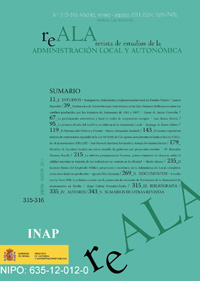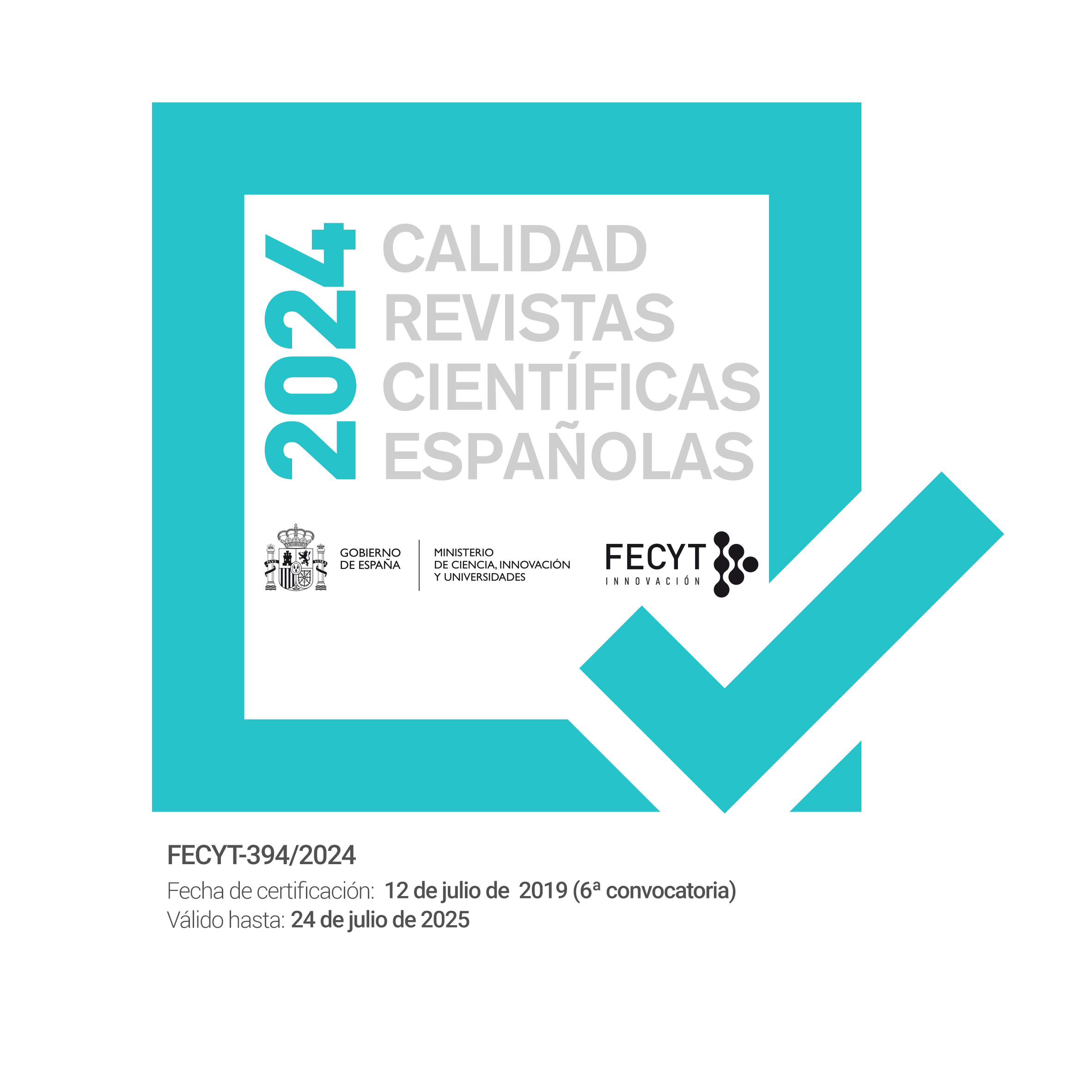About the Pelli Tower: the controversy with the intention to exclude the world heritage the monuments of Seville
DOI:
https://doi.org/10.24965/reala.vi315-316.10044Keywords:
Pelli Tower, principle of legal certainty, directly applicable rules, Statement of Heritage, limits to UNESCO reports, assessment of oustandingAbstract
Spain should be proud of having one of the most traditional legal system, internationally, in the defense and protection of its cultural heritage and historical and artistic expressions in order for the future generations to admire and enjoy this legacy, establishing concepts that contribute efficiently and effectively to preserve and enhance sponsored assets such as the environment, the harmony of the landscape, perspective or visual or perceptual field itself, in order to avoid and prevent possible contamination of the same, putting before concepts that today are still being discussed in the doctrines. Moreover, we are and we should all be subject to the applicable legal system and the principle of legal certainty (both international and EU level, as national, regional and local). And if that were so, that is as it should be, from the international community itself could not accept and should be repudiates reports that ICOMOS have been doing in order to pretend to put a risk the declaration of World Heritage with the Catedral de Sevilla, la Lonja and Archivo de Indias and the Alcazar, considering, with absolutely no proof, that the construction of the Tower Pelli is a threat although this cannot be viewed, at pedestrian area, from three inscribe monuments, their conservation status being exceptionally good. As the Member States must fulfill the principles of the International Convention on the Protection of the World Cultural and Natural Heritage of 1972, in the same way and more rigorously, should be enforced by inspectors of the state of conservation of this heritage, and this is precisely that ICOMOS does not do, so from these pages denounced for this to be corrected.














